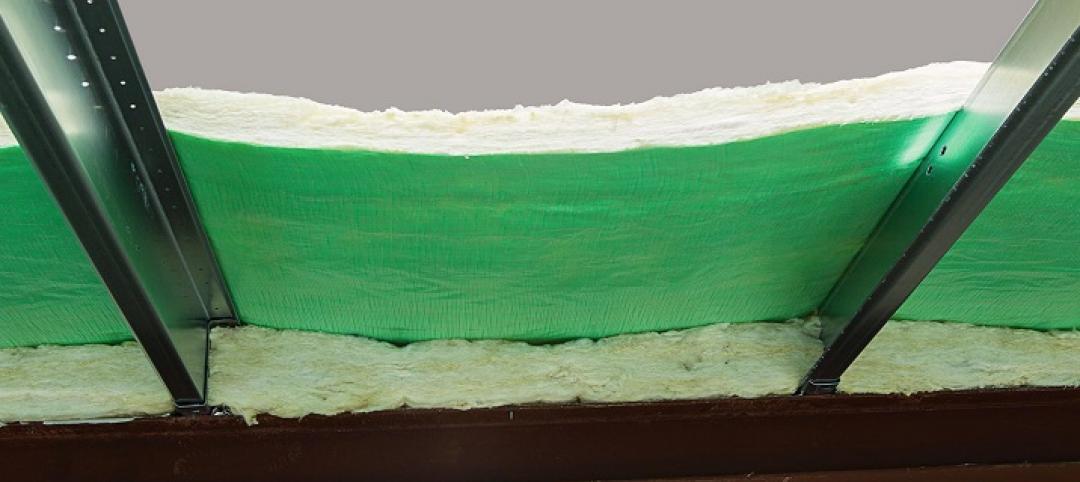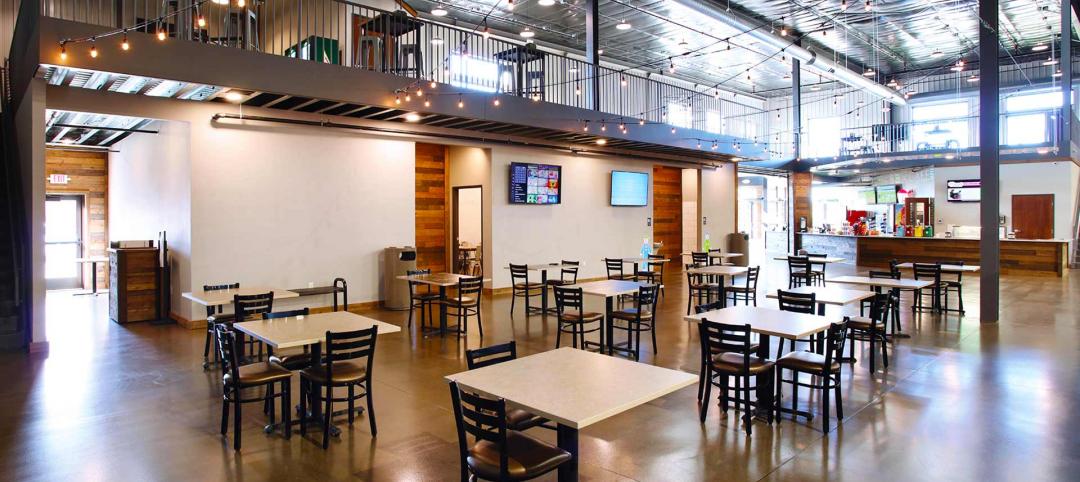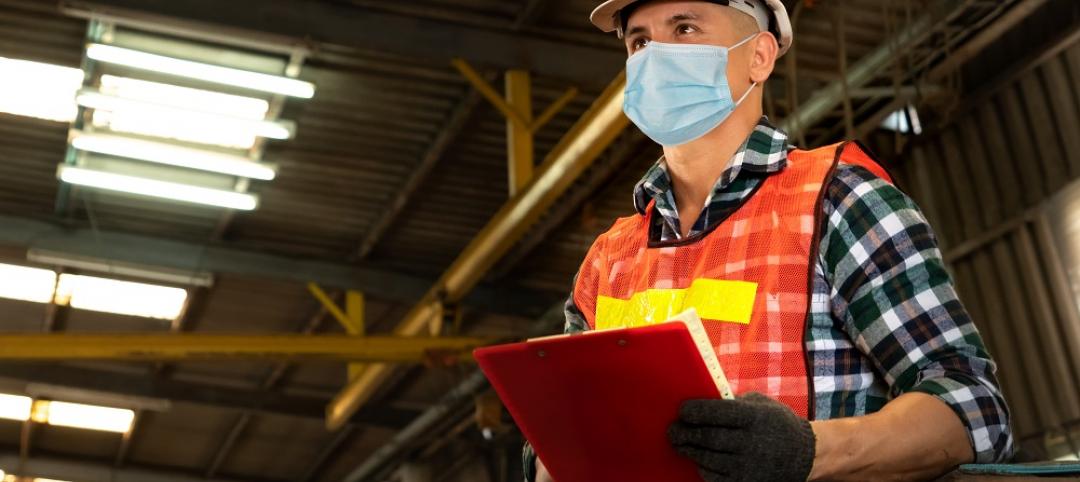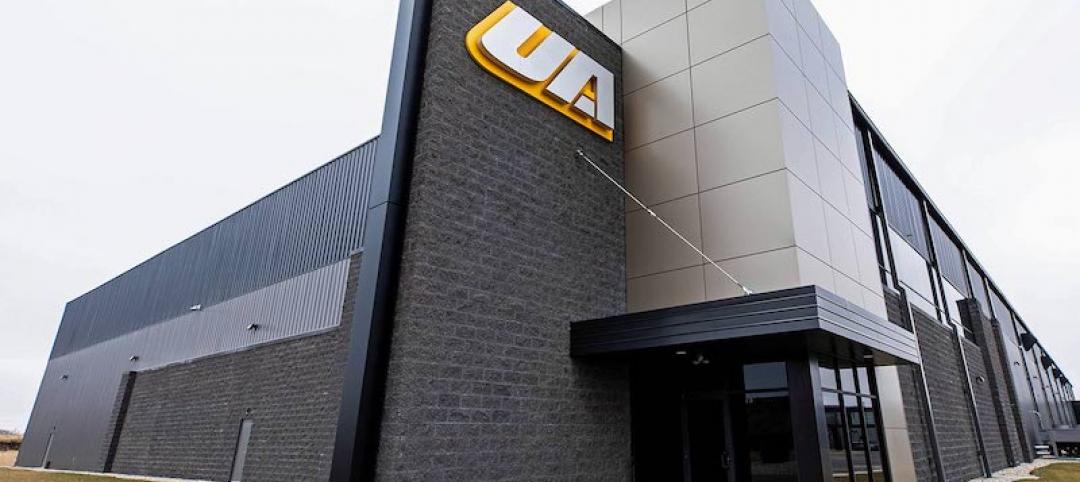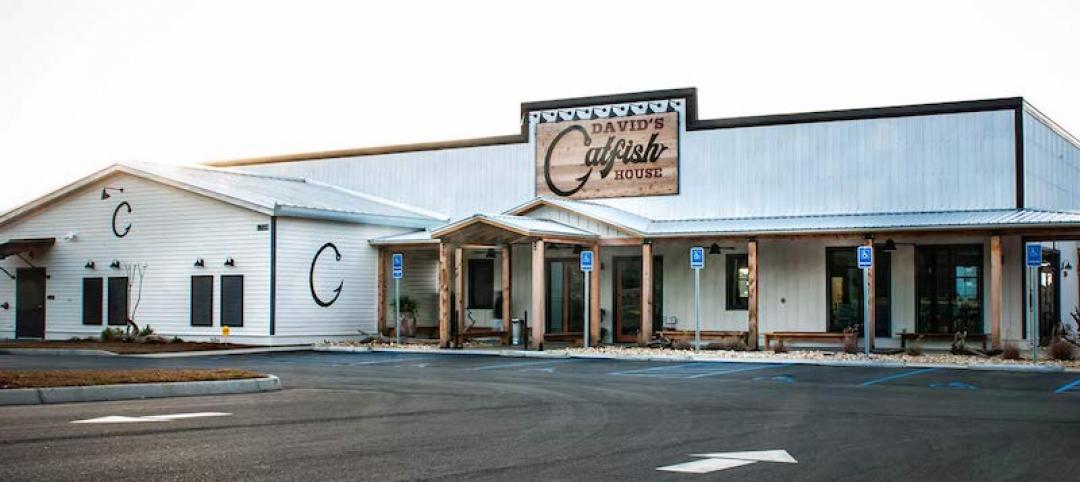One of the best ways to save money and lower environmental impacts is to make better use of things you already have. In the case of lighting, that often means harnessing the sun for indoor lighting purposes, a concept called Daylighting. But the sun is a bit like a wild animal: it’s easier to capture than it is to tame.
There are distinct benefits to taming it. The more you illuminate with daylight, the less you have to spend on electricity to provide light, and the less impact your facility has on the environment because of that reduced electrical demand. Moreover, daylight has a mix of light color that is beneficial to humans, and it not really replicated by most artificial light sources. Studies have shown that daylight in the workplace increases productivity and general employee health, with probable impacts in reducing sick time and improving employee retention. Walmart, the world’s largest retailer, experimented with the effects of daylight on retail sales by putting skylights over one section of a store. That area showed a significant increase in sales, no matter what type of merchandise they located in the sky-lit area.
The problem with sunlight is that, in its natural form, it’s too intense for most uses. A typical light level for an interior area with moderate demand for visual acuity – such as an office or retail environment, or a residential kitchen – is 500 lux (a standard measure of illuminance). Full sunlight, by contrast, is measured in the 10’s of thousands of lux. (That’s why your camera that takes bright, beautiful pictures outdoors only manages very dark, dingy shots over the dinner table.) To make matters worse, sunlight is highly directional and produces intense glare, making visual work difficult and irritating.
The result is that areas near windows that receive direct sunshine are far too brightly illuminated, and places away from the windows are dark and shadowy by comparison.
The art and science of daylighting is to tone down the intensity of direct sunlight but still bring diffuse sunlight evenly into the interior space. This can be particularly challenging in a large interior (such as metal building systems often provide), where the center of the space may be 100 feet from the nearest exterior wall. In addition, heat buildup from sunshine needs to be controlled so that daylighting doesn’t introduce an extra energy demand for air conditioning.
The tools for achieving this trick are windows, skylights, translucent panels, reflective surfaces, and light pipes.
First, an architect considers window placement, particularly the direction the window faces. In the Northern Hemisphere, window facing north never receive direct sunlight. North light is diffuse light at a much more useful intensity than direct sun. It’s considered highly desirable, for example, in a painter’s studio, where even light and true color are a must.
Windows facing South receive direct sun during the brightest part of the day. This light is nearly vertical in direction during the summer, but can be much more slanted during the winter. Windows facing East or West receive direct sun in the early morning and late afternoon, respectively, with a horizontal directionality, so it shines deeper into the space. Sunlight from these directions needs to be blocked, reduced, or diffused to be useful.
One option is to replace part of the glazing with translucent panels. Some transparent windows are needed for views, and they can be equipped with shades that can be used at the specific times of day when they are over-illuminated. Translucent panels above, below, or in between clear windows can provide a toned-down, diffused light that has true color and the full visible spectrum of the sun, but reduced intensity and minimal glare.
As with all glazing, translucent panels need to provide thermal insulation to tame solar heat build-up. They are usually sandwich-type packages, with interior and exterior surfaces made of glass or composite materials such as fiberglass composite, and a core or central space that provides thermal insulation, such as an air-gap or a translucent insulating material like carbon aerogel (the world’s most efficient insulator).
To bring daylight deeper into the interior of the space, architects can use a combination of windows and strategically placed interior reflective surfaces. Windows located high on the wall (often referred to as clerestory windows) can cast light further into the space without producing as much glare at eye level. A reflective wall or interior roof can redirect that light even deeper in, while diffusing it to a comfortable intensity and directionality.
Light can be brought into almost any part of the interior by opening the roof. Skylights have many of the same advantages and limitations as vertical windows. A simple, clear skylight can admit lots of glare and heat. A translucent skylight tames the intensity and spreads the light. Many of the same translucent panels used for wall glazing are also available as skylights.
(There is a persistent suspicion that all skylights leak water. It is not true. Skylights present a potential for leaks, as does any penetration of the roof, but a well-designed and constructed skylight, properly maintained, can be absolutely watertight. It’s up to the owner to inspect it periodically to maintain that level of performance.)
For multi-floor buildings, including metal building systems with interior mezzanines, and hybrid buildings with post-and-beam lower floors and a metal building top story, light pipes can bring light into the lower floors that skylights can’t illuminate. Light pipe products may be open tubes with highly reflective interior surfaces, or even bundles of fiber optics. Routing a light pipe from the roof down to a lower floor without creating obstructions in the clear span of the top floor may be a design challenge, however. Bringing them in from the walls may be a possibility.
Bringing the sun into your building can be rewarding if it’s done right. Architects are getting increasingly sophisticated in their design of daylighting, and for complex problems, daylighting consultants are available. There are well-developed systems for modeling daylighting in advance, which can not only aid the design process but can help document sustainability certifications such as LEED, too.
Visit the Star Buiding Systems' website for more information on using metal buildings for daylighting.
More from Author
Star Building Systems | Oct 13, 2020
Wakarusa Township fire station meets innovation
Kuehler worked in partnership with Lawrence, Kansas-based architectural firm Hernly Associates and together, they created a vision for the new, nearly 14,500-square-foot station.
Star Building Systems | Sep 22, 2020
Applying conventional construction to custom metal buildings
Star Building Systems eliminates a lot of the complexity and allows us to make enhancements with other components to add interest.
Star Building Systems | Sep 10, 2020
David's Catfish House
The building features a wrap-around wood-framed porch, that historically, has the look and feel of what people would consider a catfish house is supposed to look like.
Star Building Systems | Sep 2, 2020
A new look at value engineering
Allowing your expert material supplier to direct you as to how to get as close to that optimal price point as possible is value engineering—emphasis on “value.”


